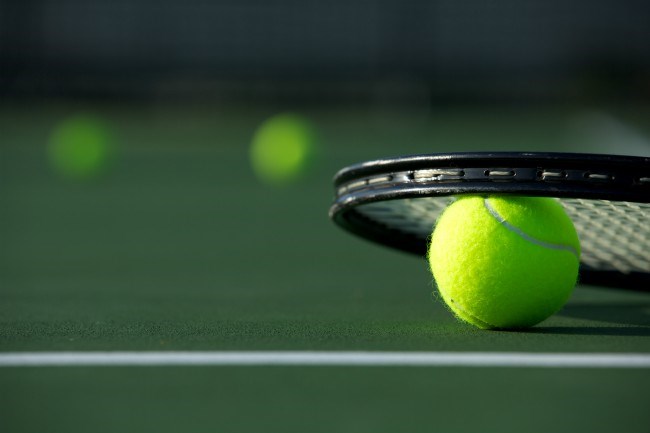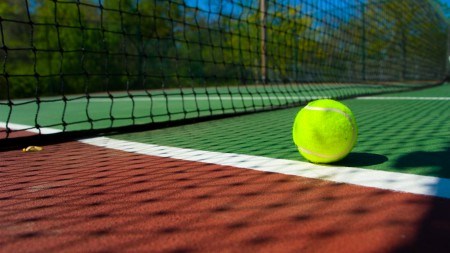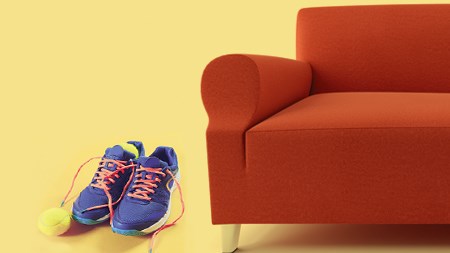Tips and advice for building a tennis court in your own backyard.
Having a tennis court in your garden can be one of the most rewarding investments, particularly for the avid tennis player. If you’d love the convenience of being able to step onto your very own tennis court for a quick game after work, or be able to invite friends over for doubles matches, then building your own tennis court could be the way to go.
Here’s some advice on building a tennis court:
Materials
Concrete or asphalt is the popular choice for a hard tennis court. Concrete courts tend to be more durable, require less maintenance and are more resistant to cracks. Post-tensioned concrete is one of the best types of tennis courts. This type of concrete has a longer life span, offers a more uniform playing surface and has a higher resistance to cracks and settling.
Asphalt has a lower installation cost, however, after about 5 years an asphalt tennis court could begin to develop structural cracks and depressions in the surface. Major restore work will potentially need to be done after about 20 years.
Space
A regulation tennis court’s dimensions are 60' x 120' around the fence. Make sure that your garden has ample space around the tennis court, so that no trees are hanging down onto the court, and no roots are growing underneath the court. Trees can be hazardous to your tennis court’s surface.
Fencing
The recommended fence height is 10′ or 12′. Most of the tennis balls will bounce to the corner of the court, or to the end, so it’s important to have high fences at these points. The sides of the court can have lower fences, to make viewing easier. Most tennis courts have chain link fencing, but you could also use a wooden fence or a nylon mesh fence.
Lighting
Floodlights are an important consideration when building a tennis court in your garden. They are handy for playing tennis at night or on an overcast day. If you’re an avid tennis player and wish to play in the evenings after work, floodlights will be particularly handy. It’s an extra cost, but it may just be worth it, and allow you to get the most use out of your court.

How it’s built
First, your garden will be surveyed – the area will be cleared and levelled. The tennis court will then be set out and the soil will be excavated.
Concrete courts:
Cables are used to create the size of the slabs. Fence posts will put around the perimeter of the tennis court. The concrete is then poured in, and the cables are tightened to create tension, while the concrete is being poured.
Asphalt courts:
The base layer of the court gives the court structural strength and consists of crushed stone which is sieved to specific sizes. The asphalt surface is premixed in a factory and designed to seal the base and strengthen the surface even more. Asphalt courts are made in a similar fashion to concrete courts, without the cables for tension.
It is important that surrounding drainage is sorted out, to make sure that water is drained away from the surface of the court.
An acrylic colour coating is placed over the concrete or asphalt to cushion the hard court. There are different materials that can be used for this; either a combination of acrylic and rubber, or a textile product.
The final touches are the net and the court lines. Then your tennis court should be ready.
It’s a good idea to consult an architect if you need any reconstruction of the site, or any development done. Once installed, make sure to maintain your tennis court correctly and it will last you many, many years. Lastly, make sure to enjoy your court to the fullest.




